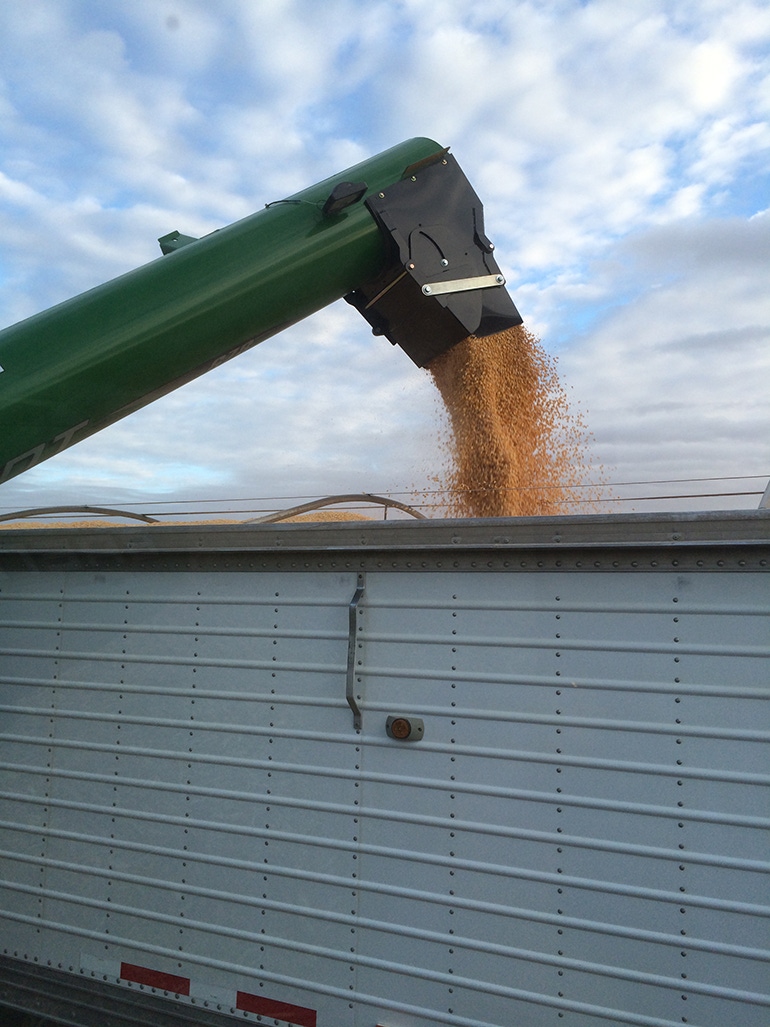Legislative Preview covers FSA direct and guaranteed loans; food insecurity lessens in U.S.; Senate and House hearings to tackle consolidation and Cuba trade.

With low commodity prices and a tough farm economy, USDA’s Farm Service Agency announced that an additional $185 million was being made available for direct and guaranteed loans to assist more than 1,900 approved applications who are awaiting operating loans. These additional funds will assist FSA in addressing up to 30% of its projected shortfall of funds until the new fiscal year begins on Oct. 1.
FSA Administrator Val Dolcini says, “Some of our farming and ranching customers are experiencing challenges due to market conditions and have been on a wait list for up to 60 days, so this will help those applicants whose paperwork has been pending the longest period of time to obtain credit or restructure loans as needed. While the backlog in loan applications will grow between now and the end of the fiscal year, it is important for borrowers to continue to apply since we will process loans on a first-come-first-served basis based on the application date, once funding is replenished in fiscal year 2017.”
The National Farmers Union praised FSA’s action saying, “Farmers and ranchers continue to grapple with the effects of a declining farm economy. Access to low-interest operating credit is necessary to keep struggling producers in the business of feeding Americans. Today’s announcement that Congress and USDA have worked together to reprogram up to $185 million in additional direct operating loan funds is greatly appreciated; however, this additional funding will only alleviate approximately 30% of FSA’s projected shortfall of funds before the next fiscal year.”
FSA has seen an increase in the request for loans compared to past years as a result of lower commodity prices. Legislation has been introduced by Sens. John Hoeven (R-ND) and Amy Klobuchar (D-MN) to increase the maximum loan amount that an individual producer is able to receive under the FSA’s loan and loan guarantee programs.
Progress made on household food insecurity
Progress has been made during the last four years against hunger and food insecurity in the United States according to USDA’s latest report, “Household Food Security in the United States in 2015.
Secretary of Agriculture Tom Vilsack says, “Today’s report points to the lowest figures on record for food insecurity among children – a major achievement in our country’s efforts to ensure every child has a safer, healthier future filled with unlimited opportunity. In 2015, household food insecurity fell 1.3 percentage points from 2014 and 2.2 points from 2011 – the peak of the recession. At the same time, very low food security has dropped to 5% from a peak of 5.7%. Today’s data mean that 7.9 million fewer people were struggling to provide adequate food for themselves or household members than when President Obama took office in the midst of the worst economic downtown since the Great Depression.”
The report found the number of U.S. households that were food insecure in 2015 declined significantly from the previous year; dropping from 14.0% in 2014 to 12.7% in 2015. However, the level of food insecurity was above the 2007 prerecessionary level of 11.1%. In 2007 approximately 13 million households were considered food insecure, but reached 17 million in 2008 when the recession hit. Other findings in the survey found: 1) children were food insecure at times during the year in 7.8% of U.S. households; 2) food insecurity varied considerably from state to state in 2013-15 with North Dakota at 8.5% and 20.8% in Mississippi; the rates of food insecurity was higher for households with incomes near of below the federal poverty line, households with children headed by single women or single men, women and men living alone, and black and Hispanic-headed households than the national average.
The food security survey asked one adult respondent per household questions about experiences and behaviors that indicate food insecurity, such as being unable to afford balanced meals, cutting the size of meals because of too little money for food, or being hungry because of too little money for food.
Future hearings tackle Cuba trade, consolidation in ag industry
The House Agriculture Committee on Wednesday will hold a hearing on “American Agricultural Trade with Cuba.” A key issue will be how the current restriction on financing exports is affecting U.S. trade with Cuba. The witnesses will urge Congress to pass legislation that would allow private financing for agricultural exports to Cuba.
The Senate Judiciary Committee will hold a hearing on Sept. 20 concerning consolidation in the agricultural seed and chemical industries. This is a result of the various mergers that have been announced or planned including Dow and DuPont, China National Chemical Corp. and Syngenta, and Bayer efforts to buy Monsanto.
About the Author(s)
You May Also Like



